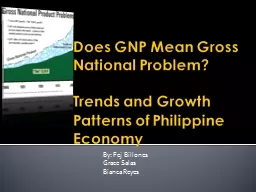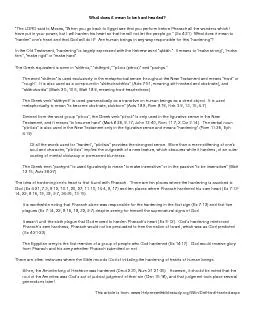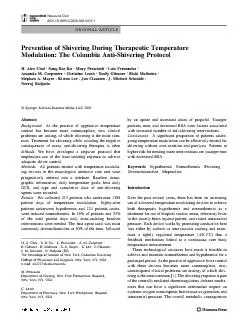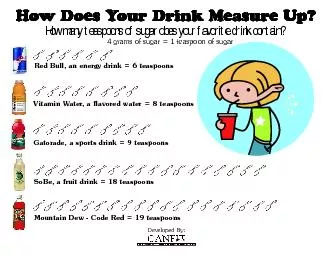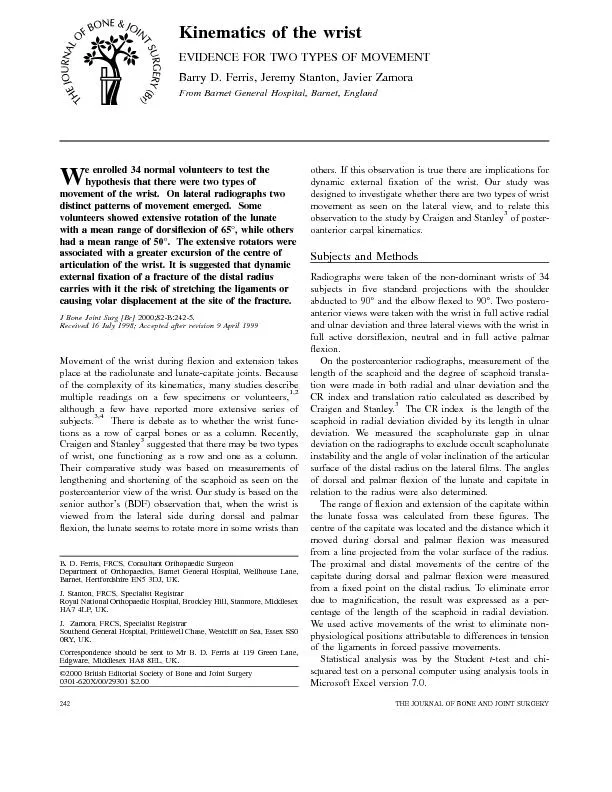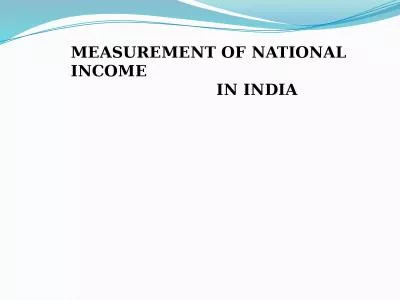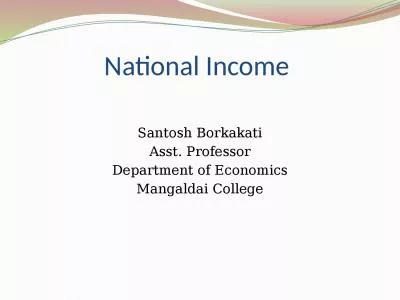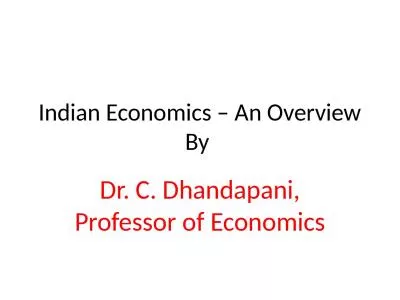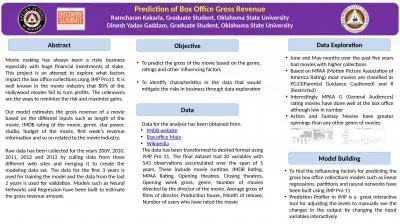PPT-Does GNP Mean Gross National Problem?
Author : shoesxbox | Published Date : 2020-11-06
Trends and Growth Patterns of Philippine Economy By Fej Billones Grace Salas Bianca Reyes Report Outline Economic Principles GDP GNP Problem Statement Relative
Presentation Embed Code
Download Presentation
Download Presentation The PPT/PDF document "Does GNP Mean Gross National Problem?" is the property of its rightful owner. Permission is granted to download and print the materials on this website for personal, non-commercial use only, and to display it on your personal computer provided you do not modify the materials and that you retain all copyright notices contained in the materials. By downloading content from our website, you accept the terms of this agreement.
Does GNP Mean Gross National Problem?: Transcript
Download Rules Of Document
"Does GNP Mean Gross National Problem?"The content belongs to its owner. You may download and print it for personal use, without modification, and keep all copyright notices. By downloading, you agree to these terms.
Related Documents

